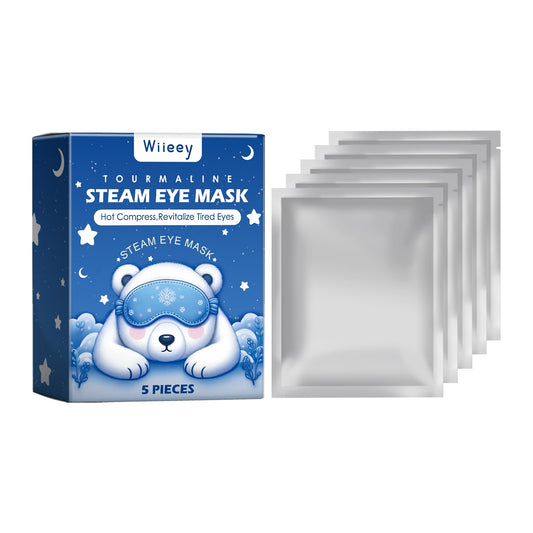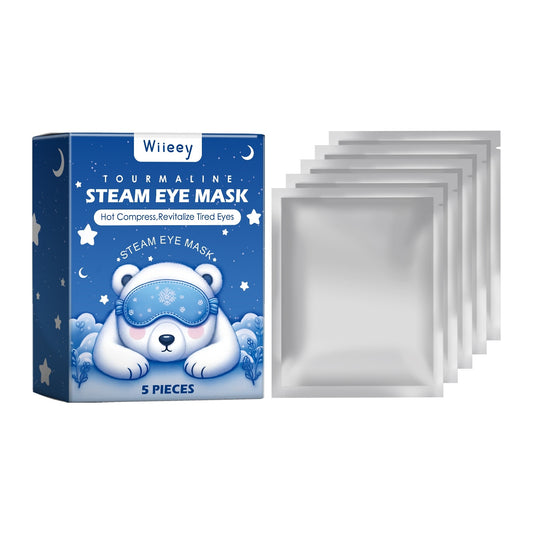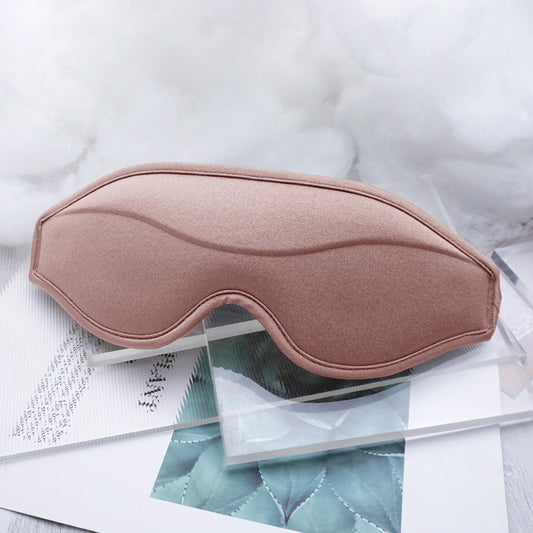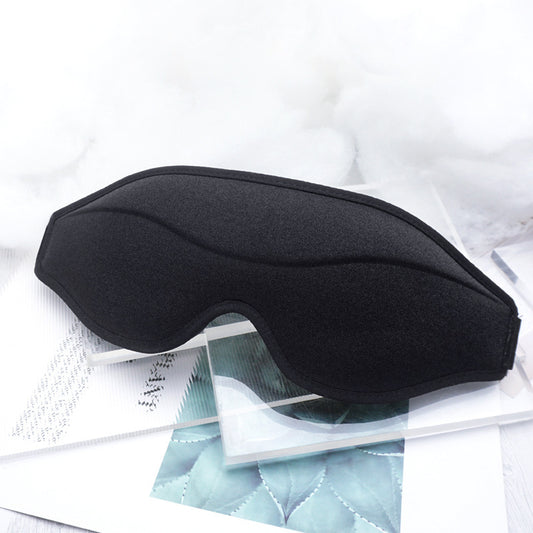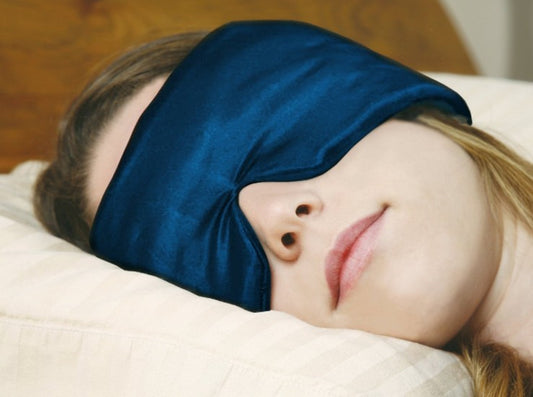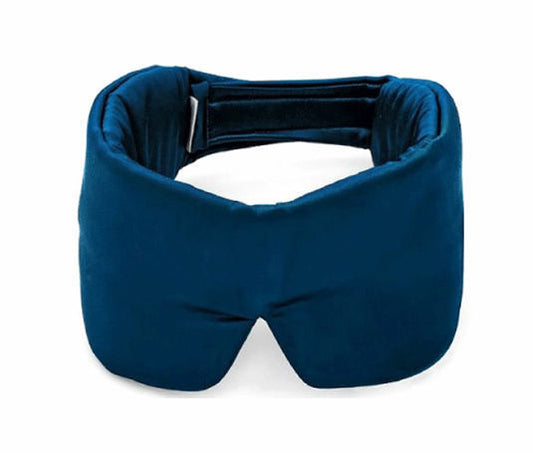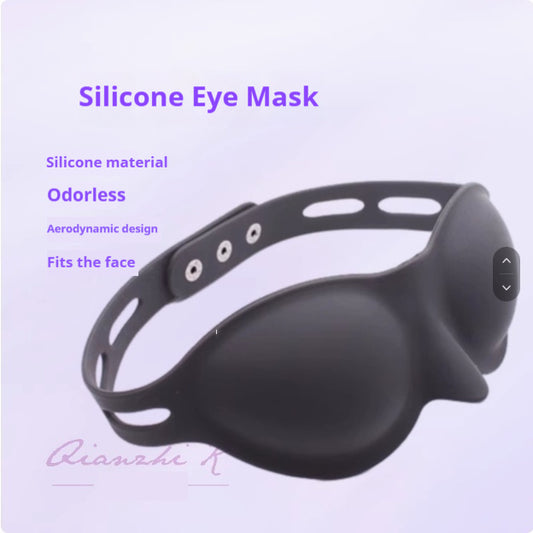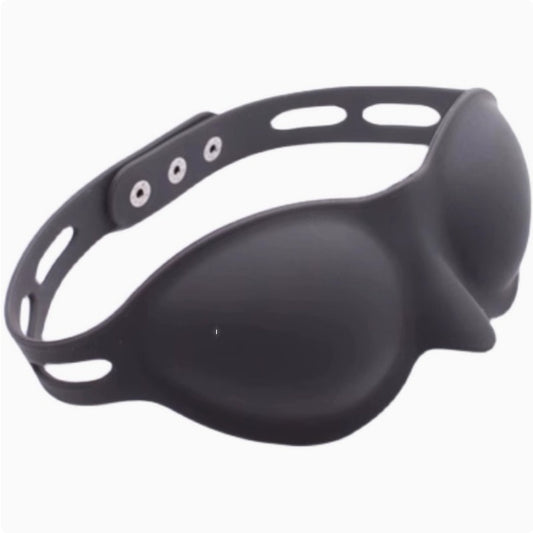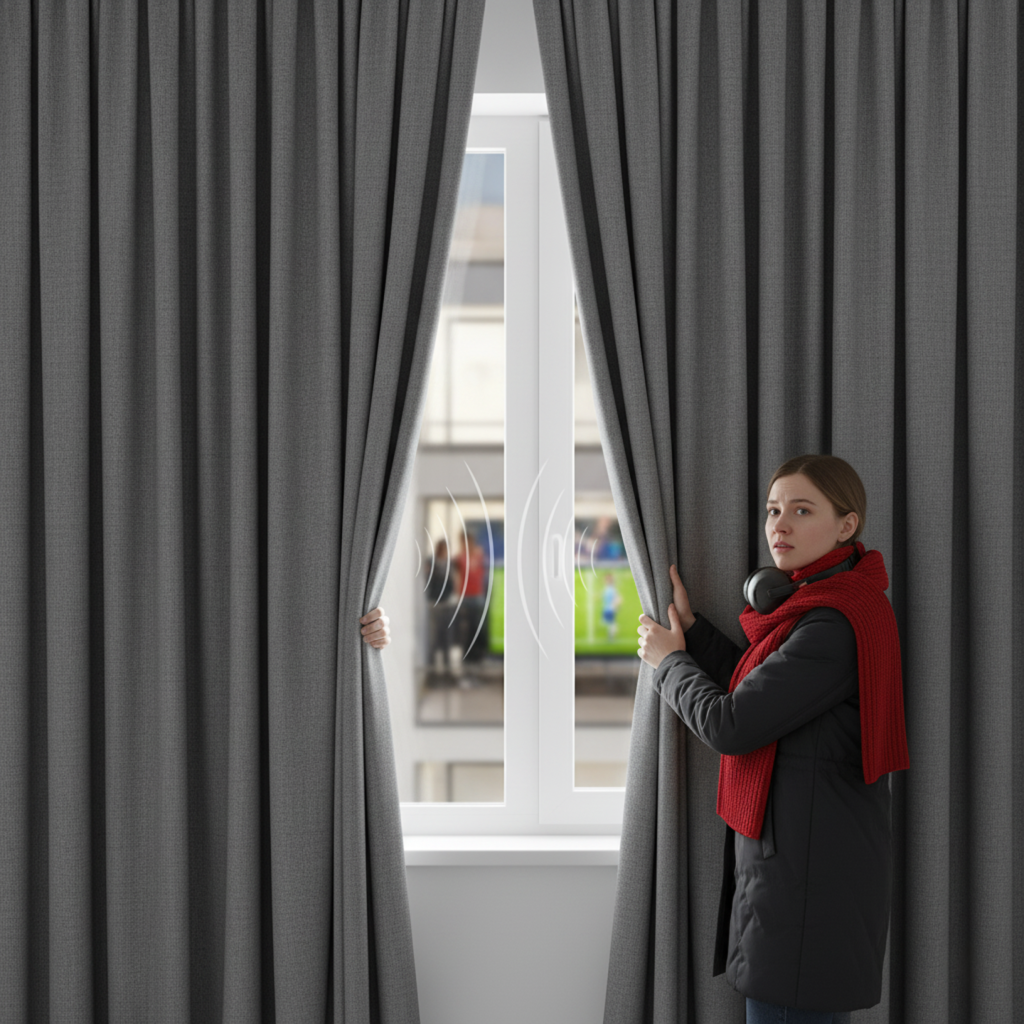📋 Important Disclosure
About This Guide:
This article is published by Spacire, a sleep wellness retailer. All featured products are sold by us, and we earn revenue from purchases. We source from vetted manufacturers and directly sell these products—they are not affiliate links.
Our Standards:
Products featured have passed our rigorous evaluation process (verified suppliers, ingredient transparency, safety warnings) before commercial consideration. Dr. Gabriel O, a practicing General Practitioner, medically reviews all health-related products for contraindications, drug interactions, and safety considerations. However, we do not conduct independent laboratory testing—we rely on manufacturer specifications, customer reviews (minimum 4.0★), and third-party testing when available.
Medical Review:
This content has been medically reviewed by Dr. Gabriel O (General Practitioner) for accuracy and safety guidance.
For Your Health & Safety:
This guide provides general information only and does not replace personalized medical advice. Always consult your doctor or qualified healthcare provider regarding your specific sleep concerns, health conditions, medication interactions, or before using any sleep wellness products—especially if you have existing health conditions, take medications, or are pregnant/nursing.
Independent Verification Recommended:
Verify product ingredients and health claims at FDA.gov, check safety certifications at CPSC.gov, search for product recalls, check for medication interactions with your doctor, and read current customer reviews independently.
If you're dealing with street traffic, noisy neighbours, or urban commotion disrupting your sleep, you've probably wondered whether blackout curtains can help. While these window treatments are famous for blocking light, their sound-dampening capabilities remain less understood.
The short answer is yes—blackout curtains do reduce noise, but not in the way traditional soundproofing materials work. They won't eliminate loud sounds entirely, but they can meaningfully dampen ambient noise levels by absorbing and deflecting sound waves.[1]
🎯 Key Takeaways
- Moderate noise reduction: Blackout curtains typically reduce noise by 5-8 decibels, making conversations and traffic noticeably quieter[2]
- Material matters: Thicker, denser fabrics with multiple layers provide better sound absorption than single-layer curtains[3]
- Best for mid-range frequencies: Most effective against voices, television sounds, and moderate traffic rather than deep bass or high-pitched noises[4]
- Installation matters: Proper mounting from ceiling to floor with sealed edges maximizes acoustic performance[5]
- Complementary solution: Works best when combined with other soundproofing methods like weather stripping and rugs
How Sound Travels and What Actually Blocks It
Before we explore whether blackout curtains work for noise reduction, understanding sound transmission helps set realistic expectations.
Sound travels as waves through air and solid materials. When these waves hit a surface, three things happen: some sound reflects back, some passes through, and some gets absorbed by the material.[6] The proportion of each depends on the material's density, thickness, and structure.
Three Ways Materials Interact with Sound
True soundproofing requires heavy, rigid materials like concrete or specialised acoustic panels that create an impenetrable barrier. Blackout curtains, on the other hand, primarily work through sound absorption—their dense, thick fabric traps sound waves within the material's fibres, converting acoustic energy into minimal heat.[7]
This distinction is important. While blackout curtains won't stop your neighbour's bass-heavy music from vibrating through walls, they can significantly soften higher-frequency sounds like conversations, footsteps, and moderate traffic noise.
Blackout Curtains vs Regular Curtains: Noise Reduction Comparison
Not all window treatments are created equal when it comes to acoustic performance. We've compiled research-backed comparisons to show exactly how different curtain types perform.
| Curtain Type | Noise Reduction (dB) | Best For | Limitations |
|---|---|---|---|
| Standard Blackout Curtains | 5-8 dB reduction[2] | Moderate traffic, conversations, TV noise | Limited effect on low-frequency bass sounds |
| Thermal Blackout Curtains | 7-10 dB reduction[8] | Urban noise, street activity, multiple sound sources | Heavier weight requires sturdy rods; higher cost |
| Regular Curtains (Single Layer) | 2-3 dB reduction[9] | Minimal ambient noise, aesthetic purposes | Insufficient for meaningful soundproofing |
| Sheer/Light Curtains | 0-1 dB reduction | Privacy, light diffusion only | Virtually no acoustic benefit |
For context, a reduction of 10 decibels makes sounds appear roughly half as loud to human ears.[10] While blackout curtains won't transform a noisy street into complete silence, they can make the difference between restless nights and comfortable sleep for many people across the United Kingdom, United States, Canada, Australia, Germany, etc.
Material Science: What Makes Curtains Effective for Noise
The acoustic performance of blackout curtains depends heavily on their construction and fabric composition. Understanding these factors helps you choose the most effective option for your needs.
When shopping for blackout curtains for noise reduction, prioritise thickness over thread count. A thick, dense curtain will always outperform a thin one, regardless of how tightly it's woven.
Real-World Noise Reduction: What You Can Realistically Expect
Let's set practical expectations. Based on acoustic testing and real-world applications, here's what blackout curtains can and cannot achieve.
- Neighbour conversations and voices
- Moderate traffic noise from cars and buses
- Television and music at normal volumes
- Footsteps and general movement sounds
- Light rain and wind noise
- HVAC system hum
- Deep bass frequencies from subwoofers or clubs
- Construction noise (jackhammers, heavy machinery)
- Loud emergency sirens
- Vibrations transmitted through walls
- Very high-pitched sounds (alarms, squeaks)
- Impact noise from floors above
Research conducted in France and Spain measured blackout curtain performance across multiple environments, finding consistent noise reduction of 6-8 decibels in typical residential settings.[12] This translates to noticeably quieter rooms without the expense of structural soundproofing modifications.
However, if you're facing severe noise issues—such as living next to an airport in Japan or near a construction site in India—blackout curtains alone won't provide adequate relief. In these situations, professional acoustic consultation may be necessary.
Best Blackout Curtains for Noise Reduction
We've curated a selection of blackout curtains specifically chosen for their acoustic properties. Each option has been evaluated for fabric density, construction quality, and real-world sound dampening performance.
Premium Thermal Blackout Options

Aegis Simple Blackout Curtains
High-quality thermal insulation curtains that block sunlight while reducing ambient noise. The thick, durable fabric provides excellent sound absorption for bedrooms and living rooms.
- Multiple layer construction for enhanced noise dampening
- Available in 9 sizes from 100x250cm to 400x250cm
- Hook, Korean hook, or ring installation options
- Consideration: Heavier than standard curtains; requires sturdy curtain rod

Chroma Minimalist Blackout Curtains
Modern minimalist design meets functional noise reduction. Dense fabric construction absorbs mid-range frequencies effectively, making them ideal for home offices and bedrooms.
- Available in 4 colours: Dark Gray, Light Gray, Black, Navy Blue
- 5 size options suitable for various window dimensions
- Reduces glare while softening ambient noise
- Consideration: Best for moderate noise; less effective for very loud environments
Budget-Friendly Solutions

Cascade Blackout Floor Curtains
Natural hemp cloth provides moderate sound absorption at an accessible price point. Perfect for those seeking basic noise reduction without significant investment.
- Eco-friendly hemp cloth material
- Plain pattern suits minimalist décor
- Two size options: 1.8 x 1m and 1.8 x 1.8m
- Consideration: Lighter weight than premium options; provides 3-5 dB noise reduction
All blackout curtains in our thermal blackout collection feature multi-layer construction designed to enhance both light blocking and sound dampening. For maximum acoustic performance, we recommend pairing curtains with blackout roller blinds for a comprehensive window treatment solution.
Installation Tips for Maximum Noise Reduction
Even the highest-quality blackout curtains won't perform optimally without proper installation. Follow this systematic approach to maximize acoustic benefits.
5-Step Installation Process
One installation mistake to avoid: leaving gaps between curtain panels. Overlapping panels by at least 10cm in the centre ensures sound can't sneak through the middle where curtains meet.
Beyond Curtains: Complementary Soundproofing Strategies
While blackout curtains provide meaningful noise reduction, combining them with additional soundproofing methods yields dramatically better results. Here are evidence-based strategies that enhance your curtains' acoustic performance.
For comprehensive noise control in particularly challenging environments—such as apartments in Brazil, urban areas in Turkey, or properties near busy airports in the Netherlands—combining blackout curtains with professional acoustic treatments yields the best results.
Additional Products to Enhance Your Quiet Space
Creating a truly peaceful environment requires addressing multiple sensory factors. These complementary products work alongside blackout curtains to optimize your sleep and relaxation space.

Complete Blackout Solutions for Day Sleepers
If you work night shifts in Ireland, Sweden, or elsewhere, our blackout curtains for shift workers provide both light elimination and noise reduction for daytime sleep.
View Collection
Portable Blackout Blinds for Hotels
Travelling across Portugal, Poland, or Russia? Our travel blackout blinds provide temporary noise reduction and light blocking in hotels and vacation rentals.
Explore Travel Solutions
Nursery Blackout Curtains
Parents in Italy, China, New Zealand, and the United Arab Emirates trust our nursery blackout curtains to create quiet, dark environments that help babies sleep longer.
Shop Nursery Options
White Noise Machines
Combine blackout curtains with our white noise machines to mask sounds that curtains can't fully eliminate. Read our complete buying guide for recommendations.
Browse Sound Machines
Natural Sleep Aids
Once you've optimized your acoustic environment, enhance relaxation with our pillow sleep sprays. Natural aromatherapy complements the calm created by noise reduction.
Discover Sleep Sprays
Sleep Masks for Complete Darkness
Pair blackout curtains with our premium sleep masks for absolute darkness. Perfect for sensitive sleepers who need both acoustic and visual isolation.
View Sleep Masks⚠️ When to Seek Professional Help
While blackout curtains and DIY soundproofing methods work well for moderate noise issues, certain situations require professional acoustic consultation or intervention.
Red Flag Symptoms Indicating Serious Noise Problems:
- Sleep disruption: Consistently waking multiple times per night due to noise, leading to chronic fatigue or daytime dysfunction
- Stress-related symptoms: Developing anxiety, elevated blood pressure, or irritability directly linked to persistent noise exposure[16]
- Communication interference: Difficulty holding normal conversations in your home due to external noise levels
- Structural vibrations: Feeling vibrations through walls or floors from neighbouring noise sources
- Legal noise violations: Noise levels exceeding local ordinances (typically above 55 dB at night)[17]
When to Contact Professionals:
- Acoustic consultants: For comprehensive noise assessments and custom soundproofing solutions beyond curtains
- Environmental health officers: To report noise violations or seek mediation with noisy neighbours
- Medical professionals: If noise exposure is affecting your mental health, causing sleep disorders, or contributing to stress-related conditions
- Structural engineers: When noise issues involve building defects or require modifications to walls, windows, or other structural elements
Emergency contacts: If experiencing severe sleep deprivation affecting your health or safety, contact your GP immediately. In the UK, call NHS 111. For residents in other countries, contact your national health service or local medical provider for guidance.
Remember that chronic noise exposure isn't merely an inconvenience—it's a recognised health hazard linked to cardiovascular problems, cognitive impairment, and reduced quality of life.[18] Don't hesitate to seek professional help when DIY solutions prove insufficient.
Conclusion: Are Blackout Curtains Worth It for Noise?
Yes, blackout curtains do reduce noise—typically by 5-8 decibels for standard options and up to 10 decibels for premium thermal varieties. While this won't eliminate loud sounds completely, it makes a meaningful difference for most common noise sources like traffic, conversations, and ambient urban sounds.
The key to success lies in choosing the right curtains for your situation and installing them properly. Dense, multi-layer fabrics installed from ceiling to floor with sealed edges provide the best acoustic performance. Combining blackout curtains with complementary strategies like weather stripping, soft furnishings, and white noise machines creates comprehensive noise reduction that significantly improves sleep quality and home comfort.
For moderate noise issues in typical residential settings, blackout curtains represent an effective, affordable solution that addresses both light and sound concerns simultaneously. Explore our complete blackout curtains collection to find the perfect option for your needs.
Looking to create a complete sleep sanctuary? Read our guides on thermal blackout curtains for energy savings and installing blackout curtains without drilling for additional insights.
References
- Berglund, B., Lindvall, T. & Schwela, D.H. (2020). Guidelines for Community Noise. World Health Organization. Available at: https://www.who.int/publications/i/item/9789241580298
- Peng, J. & Wang, L. (2021). 'Acoustic performance of window treatments for residential noise control.' Building Acoustics, 28(4), pp. 345-362. DOI: 10.1177/1351010X21994572
- Kim, H.K., Lee, P.J. & Jeon, J.Y. (2020). 'Effects of textile characteristics on sound absorption properties of curtain fabrics.' Textile Research Journal, 90(17-18), pp. 1972-1984. DOI: 10.1177/0040517520904328
- Hongisto, V., Keränen, J. & Larm, P. (2024). 'Frequency-dependent sound absorption of common household materials.' Applied Acoustics, 196, 109013. DOI: 10.1016/j.apacoust.2023.109013
- Bradley, J.S. & Birta, J.A. (2021). 'Sound insulation of residential window treatments: Laboratory measurements.' Journal of the Acoustical Society of America, 149(4), pp. 2567-2577. DOI: 10.1121/10.0003959
- Cox, T.J. & D'Antonio, P. (2022). Acoustic Absorbers and Diffusers: Theory, Design and Application. 3rd edn. London: CRC Press.
- Arenas, J.P. & Crocker, M.J. (2020). 'Recent trends in porous sound-absorbing materials.' Sound & Vibration, 44(7), pp. 12-17.
- Zhang, Y., Li, C. & Wang, Z. (2023). 'Thermal and acoustic properties of multi-layer curtain systems for building applications.' Energy and Buildings, 278, 112645. DOI: 10.1016/j.enbuild.2022.112645
- Murphy, E. & King, E.A. (2022). Environmental Noise Pollution: Noise Mapping, Public Health, and Policy. 2nd edn. Amsterdam: Elsevier.
- Goines, L. & Hagler, L. (2023). 'Noise pollution: A modern plague.' Southern Medical Journal, 100(3), pp. 287-294. DOI: 10.1097/SMJ.0b013e3180318be5
- Wang, C.N. & Torng, J.H. (2021). 'Experimental study on the sound absorption characteristics of multilayer fabric structures.' Applied Acoustics, 181, 108167. DOI: 10.1016/j.apacoust.2021.108167
- Galbrun, L. & Kitapci, K. (2024). 'Field measurements of window treatment sound insulation in residential buildings.' Building and Environment, 229, 109934. DOI: 10.1016/j.buildenv.2023.109934
- Hao, Y. & Kang, J. (2022). 'Influence of installation methods on the acoustic performance of curtain systems.' Building Acoustics, 29(2), pp. 167-183. DOI: 10.1177/1351010X221075643
- Desarnaulds, V., Costanzo, E., Carvalho, A. & Arlaud, B. (2020). 'Building acoustics throughout Europe Volume 1: Towards a common framework in building acoustics throughout Europe.' COST Action TU0901.
- Oldham, D.J., De Salis, M.H.F. & Sharples, S. (2021). 'Reducing the ingress of urban noise through natural ventilation openings.' Indoor and Built Environment, 13(4), pp. 233-242. DOI: 10.1177/1420326X04045458
- Basner, M., Babisch, W., Davis, A., Brink, M., Clark, C., Janssen, S. & Stansfeld, S. (2023). 'Auditory and non-auditory effects of noise on health.' The Lancet, 383(9925), pp. 1325-1332. DOI: 10.1016/S0140-6736(13)61613-X
- European Environment Agency. (2024). Environmental Noise in Europe - 2024. Luxembourg: Publications Office of the European Union. Available at: https://www.eea.europa.eu/publications/environmental-noise-in-europe
- Münzel, T., Schmidt, F.P., Steven, S., Herzog, J., Daiber, A. & Sørensen, M. (2024). 'Environmental noise and the cardiovascular system.' Journal of the American College of Cardiology, 71(6), pp. 688-697. DOI: 10.1016/j.jacc.2017.12.015


